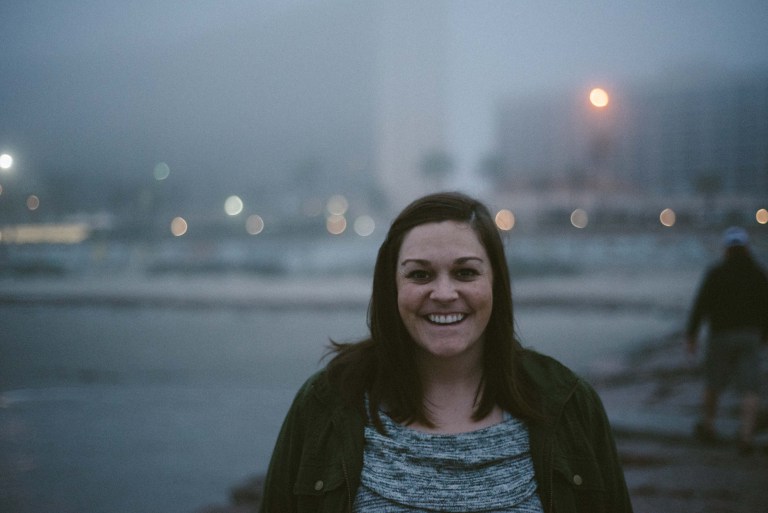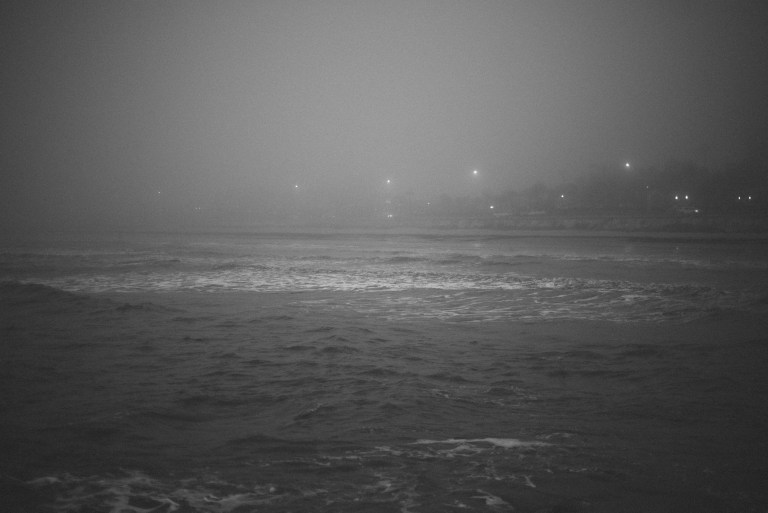When I worked in downtown Houston, I would use my lunch break to walk around with my camera. Most of the time I used my trusty little Fuji X-T20 with an 18-55mm f/2.8-4 lens that is pretty small and doesn’t scream, “I’m taking your photo!”. To be honest, I’m not good at taking photos with people in them. Not really from a technical standpoint, more from an introverted one, so the X-T20 is perfect because it has a small footprint and doesn’t look like a professional style DSLR.
The fun of street photography is that you will rarely ever see the same thing twice. Cities are living beings that continuously move and change, a veritable photographic feast every minute of the day.
In his video on street photography, Sean Tucker walks around Rome (also with a Fuji X-T20) and gives tips on how to create stylized shots without being obtrusive. His use of contrast, shadow and framing really provide a good base for a beautiful picture.
He also gives practical advice on taking pictures of people and what to do if someone doesn’t want you to take their picture. I ascribe to the “delete if necessary” philosophy because the last thing I want to do is make someone uncomfortable by taking their photo. Regardless of the law, I would rather be respectful of people’s right to privacy, and if they ask me to not take their picture or delete the one I’ve taken, I’ll happily oblige.
Below are some of my photos from walks around downtown Houston using the Fuji X-T20.
Street photography can be a great exercise to improve your skills, as well as a great way to document a different side of a trip. These simple tips from Sean Tucker will help you develop your own street style and come home with some great new images.


















